Have you ever wondered why your feline friend spends hours grooming, kneading your lap, or sleeping for what seems like the entire day? These behaviors might look quirky or even annoying to us humans, yet they serve crucial purposes for our cats’ physical and mental wellbeing. What many cat owners dismiss as odd quirks are actually sophisticated health maintenance systems that have evolved over thousands of years.
From the way they meticulously clean themselves to their peculiar scratching rituals, cats have developed remarkable habits that keep them healthy, happy, and emotionally balanced. These natural behaviors are so effective that disrupting them can actually harm your cat’s health. Let’s explore the fascinating world of feline habits and discover why your cat’s seemingly strange behaviors are actually brilliant health strategies.
Excessive Self-Grooming: Nature’s Personal Hygiene System
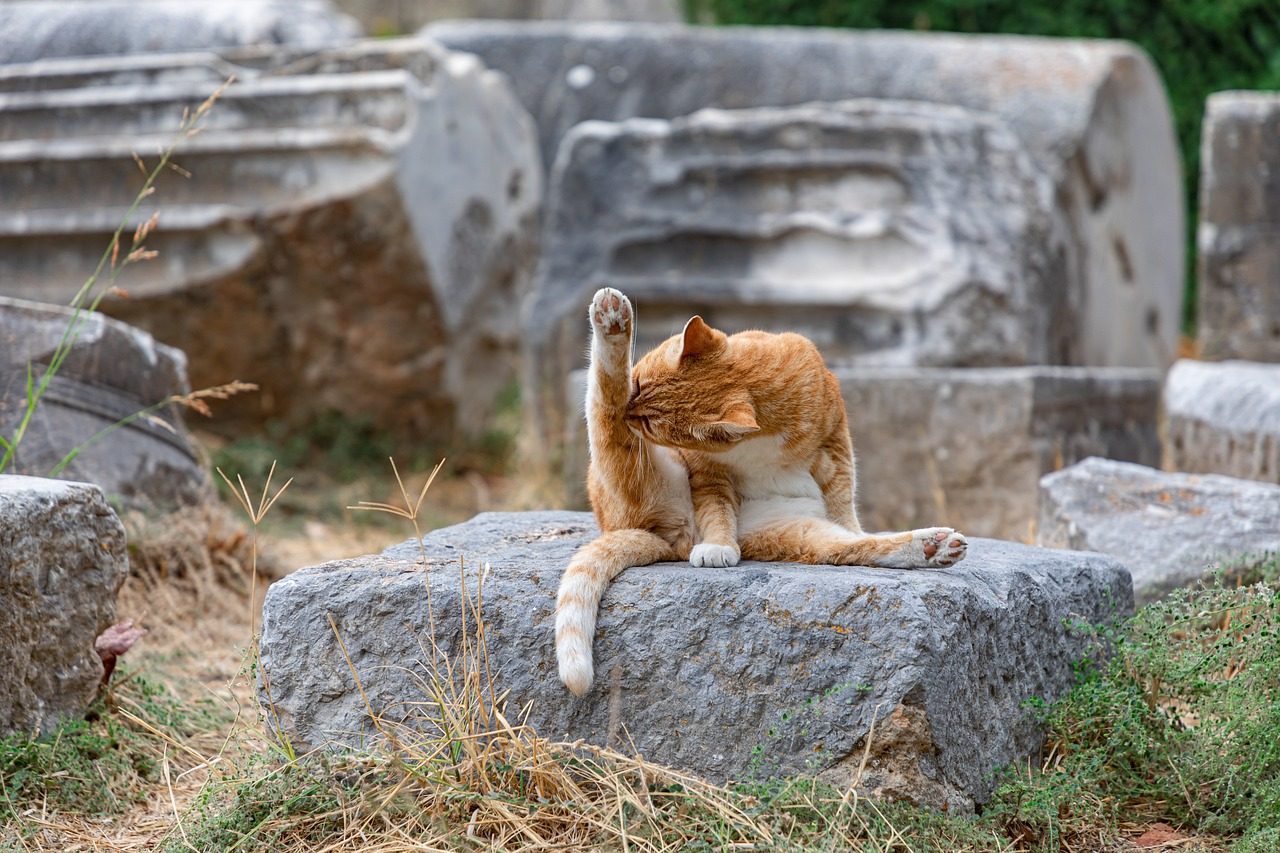
Cats spend between 30 and 50 percent of their waking hours grooming themselves, and this isn’t just vanity. Regular brushing stimulates the production of natural oil, which keeps your cat’s coat shiny and healthy. Their rough tongues act like sophisticated cleaning tools, covered in lots of tiny bristles, which help them to comb out dirt and loose fur from their coats.
This grooming marathon serves multiple health functions beyond simple cleanliness. Cats groom to remove any dirt, loose hair, mats, or parasites like fleas, but grooming also helps to keep their coat smooth and glossy. During hot weather, the evaporation of saliva left over after grooming can actually help cool them down, since cats have limited sweating ability compared to humans.
Compulsive Scratching: Essential Claw and Muscle Maintenance
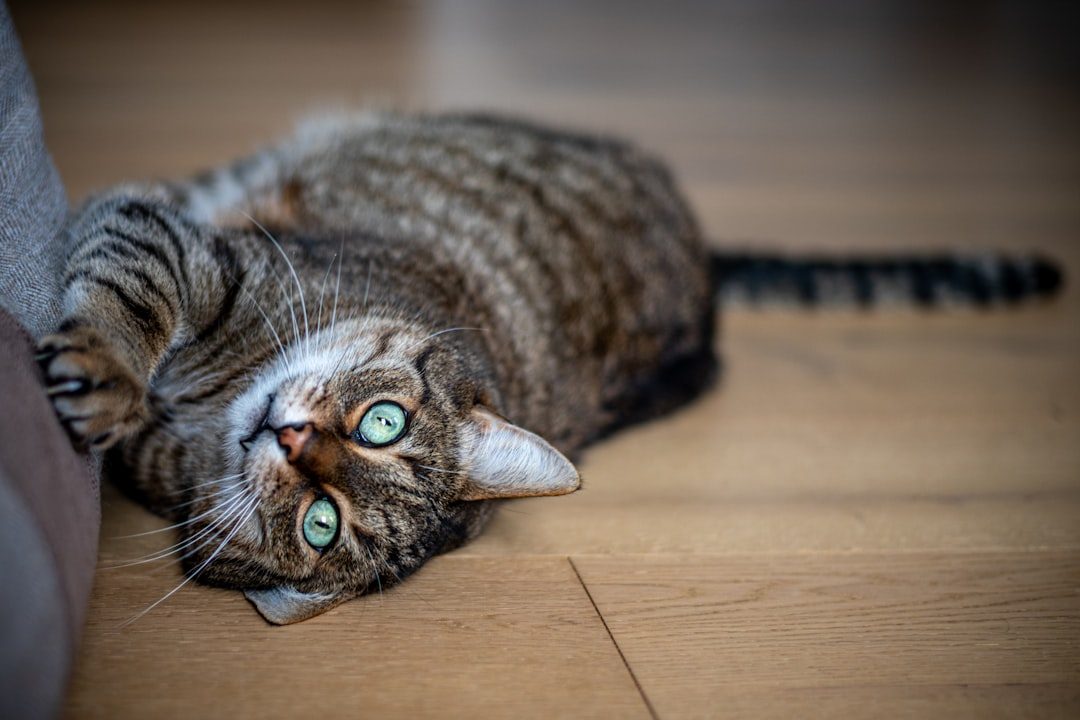
Scratching helps to remove old nail husks to reveal sharp, new points underneath and to continuously sharpen the existing nail. This isn’t destructive behavior but rather a vital health practice. Scratching is a stretching and muscle-strengthening activity important for maintaining health, keeping your cat’s muscles toned and flexible.
Beyond physical benefits, scratching provides significant mental health advantages. Scratching releases feel-good hormones in a cat’s brain, helping them to cope with daily stressors and relieve ongoing anxiety. Think of it as your cat’s natural stress ball, providing both physical exercise and emotional relief whenever they need it.
Sleeping 16+ Hours Daily: Strategic Energy Conservation

On average, cats sleep between 13 and 16 hours in a 24-hour day; that’s roughly twice the amount that their human owners require. This extensive sleep schedule isn’t laziness but evolutionary wisdom. Hunting and exploring are energy-consuming activities. As predators, cats need a lot more rest than humans so they can remain alert and focused.
Sleep is vital to a cat’s health, much more than just a simple rest period. During sleep, a cat’s body undergoes various physiological processes essential for well-being. It’s a time when their body repairs itself, builds muscle and bone, and strengthens the immune system. Despite the relatively short period when your cat is active, they use up disproportionately large energy reserves, resulting in the need for a well-deserved cat nap.
Kneading with Their Paws: Stress Relief and Bonding Therapy
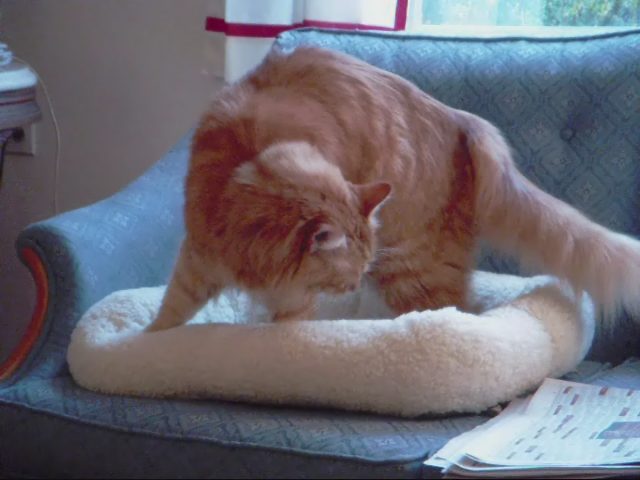
The action of kneading in cats is associated with contentment and stress relief, likely triggering feel-good responses in the brain. This natural behavior helps cats manage stress and anxiety while promoting emotional wellbeing. As an adult cat, kneading may bring a sense of comfort the cat had while nursing and being around its mother as a kitten. When cats are happy, they may knead on you or other objects to show pleasure and contentment.
Massaging can also provide a range of health benefits for cats themselves. For example, kneading helps stimulate blood flow and build muscle. Cats have scent glands in their soft paw pads, and when they knead, these glands release pheromones (chemical messages used to communicate). Kneading on their mother releases pheromones associated with bonding, identification, health status, and many other messages.
Licking Their Owners: Social Bonding and Communication
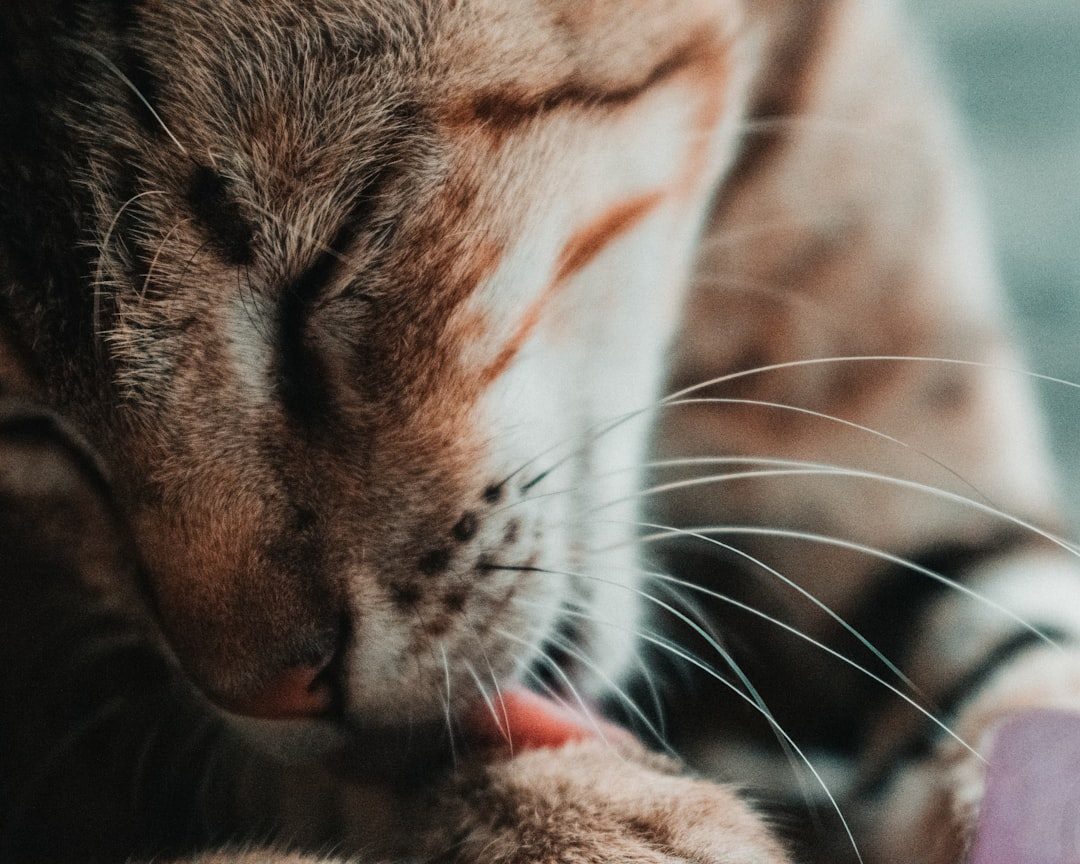
Your cat’s licking may be an affiliative behavior, which is a friendly, altruistic behavior. Mothers groom their kittens and cats may groom one another, which is called allogrooming. This grooming strengthens cats’ social bonds, so your cat may groom you to nurture your relationship. When your cat licks you, they’re essentially treating you as family.
Cats commonly lick and groom their humans to show love. Activities like kneading, licking, and grooming helps your cat bond with you. This behavior also serves practical purposes: Cats communicate by marking objects and other animals with their scents, and one reason why mother cats lick their kittens may be to create a familiar group scent. Similarly, your cat may lick you as a way of identifying you.
Being Crepuscular: Optimal Activity Timing for Health

Contrary to popular belief, cats aren’t nocturnal; they are crepuscular, meaning they’re most active around dawn and dusk. This sleeping pattern is due to their hunting instinct, which evolved so that they would be awake when their prey is at its most active. This natural rhythm supports their metabolic health and energy management.
This means that they’re most active at dawn and dusk. This behavior is based on their hunting behavior, as cats in the wild tend to prey on animals who are also most active around these times. Following this natural schedule helps maintain their circadian rhythms and supports overall health, even if it sometimes conflicts with human schedules.
Frequent Stretching After Naps: Muscle and Joint Maintenance
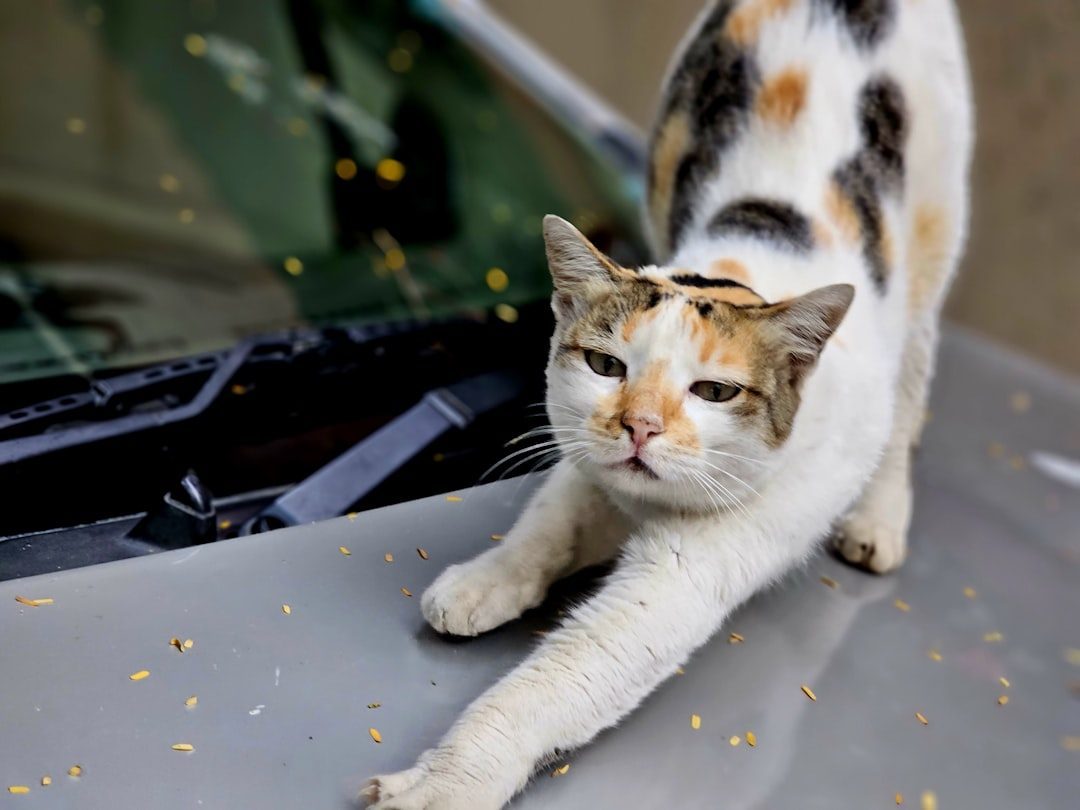
They often scratch when they wake up to stretch their muscles and to maintain their claws. This post-sleep stretching routine is crucial for maintaining flexibility and preventing muscle stiffness. Just like humans benefit from morning stretches, cats instinctively perform this health maintenance ritual.
These stretching sessions help promote blood circulation, maintain joint mobility, and prepare their bodies for activity. In the same way you may see a dog spin in circles before laying down and getting comfortable, you may see a cat kneading to create a soft sleeping place before they lay down and get comfortable. Cat’s wild feline ancestors would knead tall grass to create a resting place, and this behavior may be part of a cat’s natural instinct.
Hiding and Seeking Quiet Spaces: Stress Management Strategy
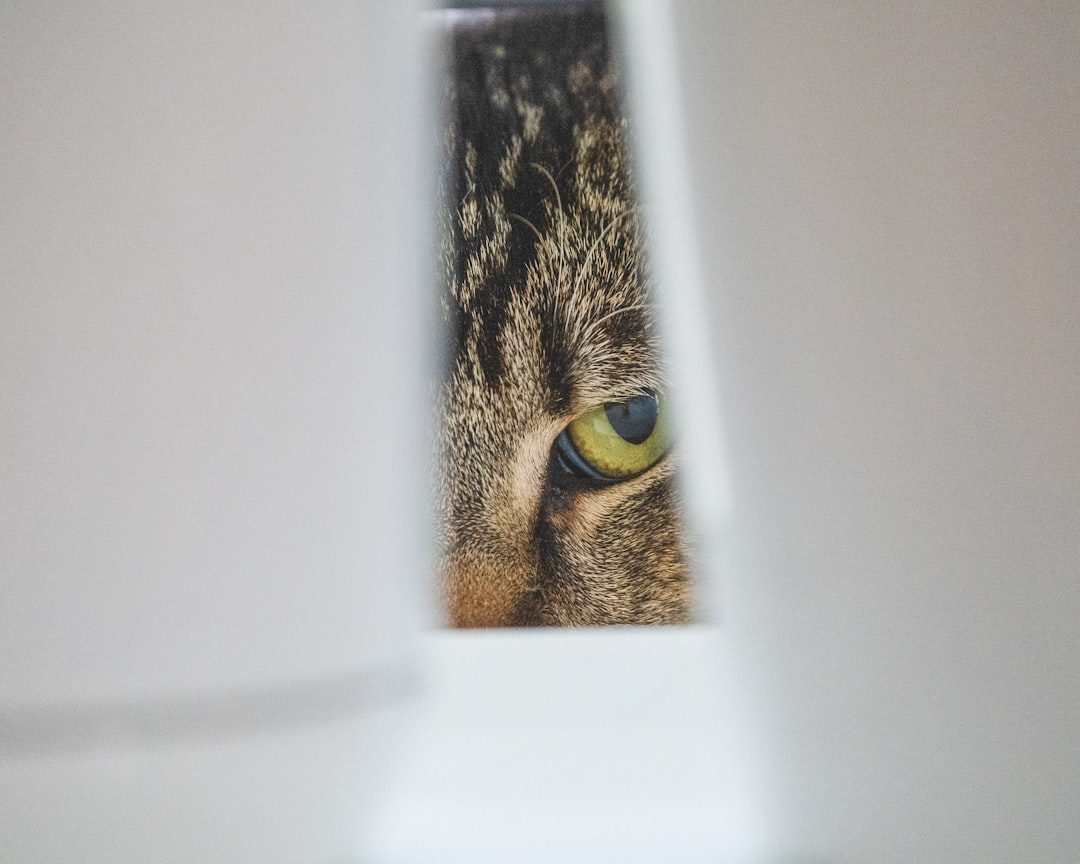
You’ll find that cats often rotate their preferred sleeping area. This behaviour is seen in the African wildcat, which our domestic cat is descended from. They will look for a safe place within their territory and rotate the spot to help keep parasite levels low. This natural behavior promotes both physical and mental health.
Seeking quiet, secluded spaces allows cats to decompress and manage stress levels effectively. This behavior helps them regulate their emotional state and provides necessary downtime from social interactions and environmental stimuli. It’s their version of meditation, essential for maintaining psychological balance and overall wellbeing.
Regular Eating Patterns: Digestive Health Optimization
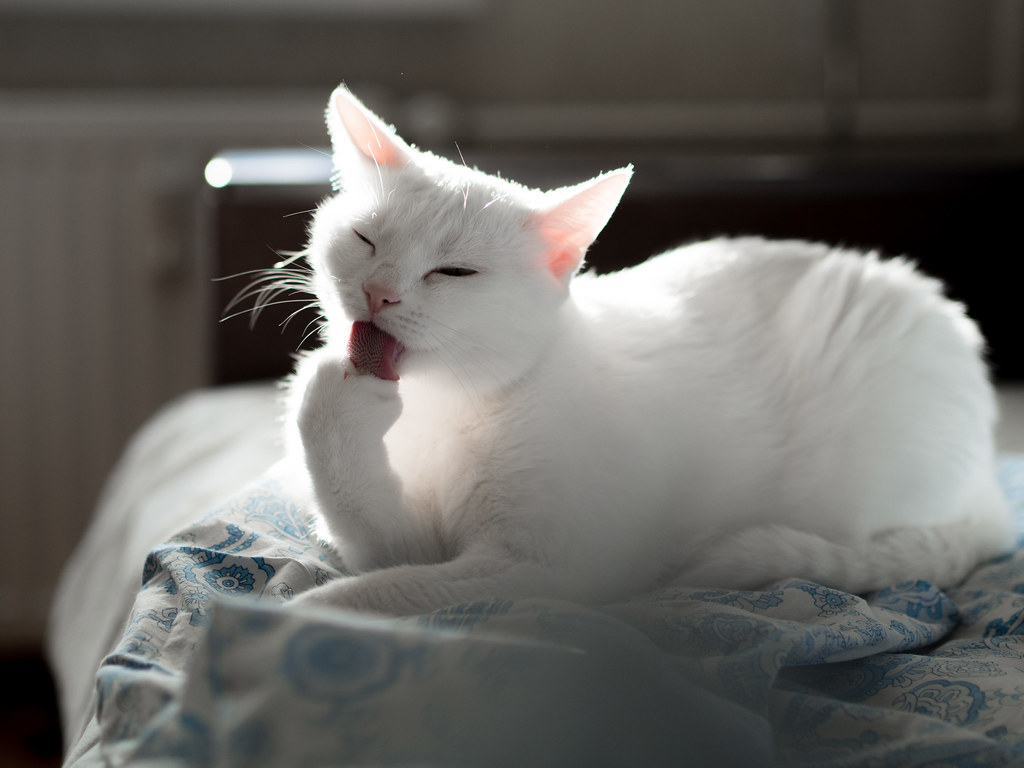
Although there is not a ‘normal’ grooming routine that each cat follows, healthy cat grooming habits include licking their fur and cleaning their face and ears. Cats usually groom themselves after eating, sleeping, or using their litter box. This post-meal grooming ritual helps with digestion and maintains oral hygiene.
Cats naturally prefer multiple small meals throughout the day rather than one or two large ones, which supports their digestive system and maintains stable blood sugar levels. Even though your cat might just be hunting for kibble, their bodies are built for the “hunt, feast, sleep, repeat” cycle of a predator. All that sleep helps them conserve energy for their next burst of activity, usually at dawn or dusk. This natural eating pattern supports optimal metabolism and prevents digestive issues.
These seemingly odd cat behaviors are actually sophisticated health maintenance systems that have evolved over millennia. Rather than trying to change these natural habits, understanding and supporting them helps ensure your feline friend stays physically healthy and emotionally balanced. Every quirky cat behavior serves a purpose in their complex wellness routine.
What would you have guessed about your cat’s mysterious daily rituals? Tell us in the comments which of these healthy habits surprised you the most!





